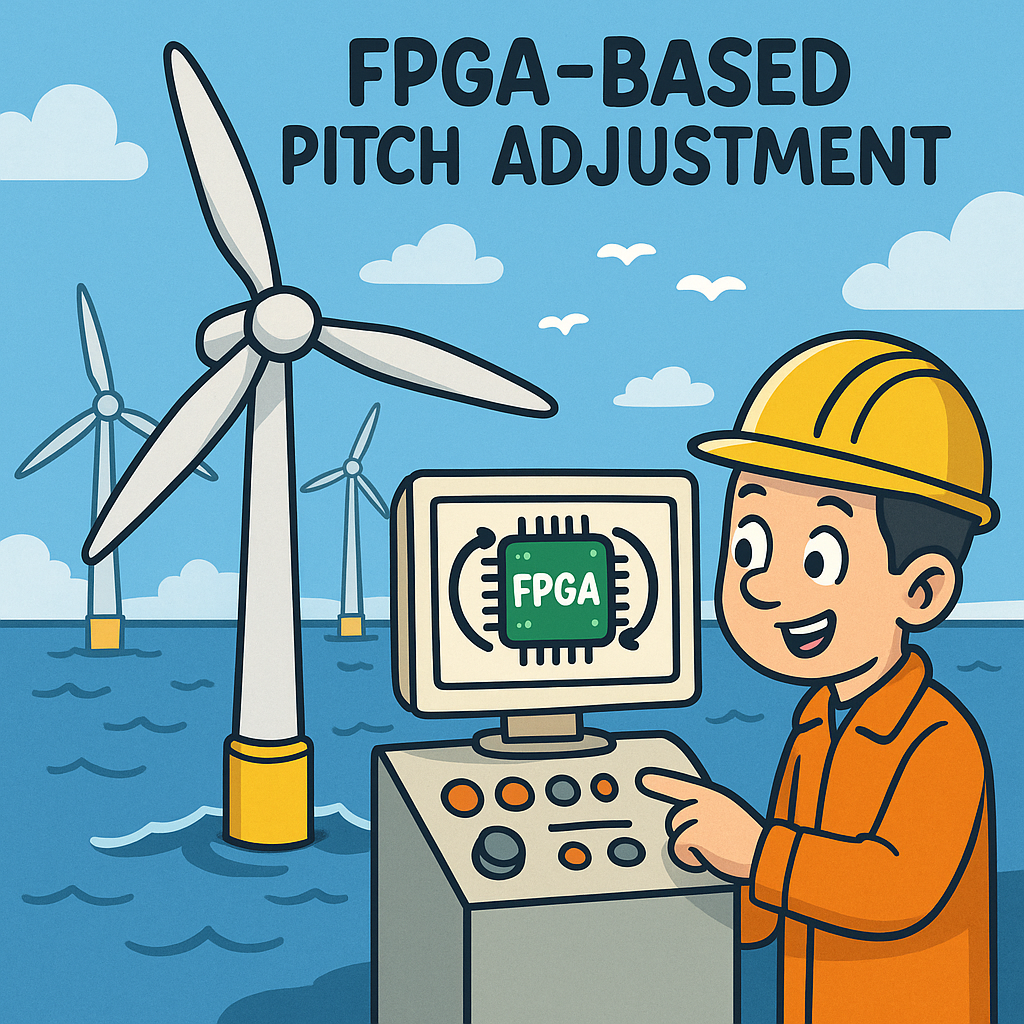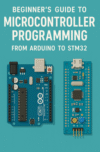Understanding the Need for Low-Latency Control in Offshore Wind Turbines
Offshore wind turbines face unique challenges due to their exposure to harsh environmental conditions and the dynamic nature of wind. Adaptive pitch adjustment is crucial for optimizing energy capture and ensuring the structural integrity of the turbine. As wind speeds fluctuate, the ability to respond quickly (with low latency) becomes essential. Traditional control systems, often based on microcontrollers or PLCs, struggle to keep up with the rapid changes in wind conditions, leading to inefficient performance and potential damage.
FPGA: A Game-Changer in Control Systems
Field Programmable Gate Arrays (FPGAs) offer a promising solution to these latency issues. Unlike conventional processors, FPGAs can be reconfigured to execute parallel processing tasks, allowing for real-time data processing and control. This capability is vital when dealing with the unpredictable nature of wind. The implementation of an FPGA-based control system not only enhances responsiveness but also provides the flexibility to adapt algorithms and control strategies as research progresses.
Designing the Control Architecture
The architecture of an FPGA-based control system for adaptive pitch adjustment begins with a sensor suite. This suite typically includes anemometers for wind speed measurement, accelerometers for structural health monitoring, and encoders for pitch angle feedback. Each sensor’s data must be processed in real-time, necessitating a robust architecture that minimizes latency. A common approach is to utilize a data acquisition module that feeds this information into the FPGA.
Firmware Development: Algorithms and Timing
Firmware plays a crucial role in determining how quickly the FPGA can react to changes in sensor data. One popular algorithm for pitch control is the Proportional-Integral-Derivative (PID) controller. However, in this application, a simple PID controller may not suffice due to the non-linearities present in wind behavior. Here, advanced algorithms like Model Predictive Control (MPC) can be implemented, which take into account future wind conditions and optimize pitch adjustments accordingly.
Timing is equally important in firmware development. Each cycle of the control loop must be tightly synchronized with the sensor data updates, often requiring precise clock management. The use of hardware description languages like VHDL or Verilog allows engineers to define these timing constraints at a low level, ensuring that the control loop executes in a predictable manner.
Hardware Considerations: Trade-offs in Component Selection
When selecting hardware for the FPGA-based system, several trade-offs must be considered. The choice of FPGA model impacts not just processing power but also power consumption, which is critical in offshore applications where maintenance can be challenging. High-performance FPGAs come with increased costs, so engineers must balance performance needs with budget constraints.
Additionally, the design of the power supply and the environmental protection of the FPGA are vital. Offshore environments expose equipment to saltwater, humidity, and extreme temperatures. Using conformal coatings and robust enclosures can protect the FPGA and sensors from these elements, but adds to design complexity and cost.
Challenges in Implementation
Implementing a low-latency control system is not without its challenges. One significant challenge is achieving reliable communication between the FPGA and the turbine’s central control system. Real-time data transmission must be robust enough to handle potential noise from the offshore environment. Engineers often implement error-checking protocols and redundancy measures to ensure data integrity.
Another challenge is the initial tuning and validation of the control algorithms. Simulation tools can provide insights, but real-world testing is essential. Engineers must iteratively test and refine the control algorithms, often using a combination of simulation and physical prototypes to achieve the desired performance.
Real-World Impact and Future Directions
The successful implementation of a low-latency FPGA-based control system not only enhances the efficiency of offshore wind turbines but also contributes to the overall sustainability of energy production. As the demand for renewable energy continues to grow, innovations in control systems will be critical for maximizing the output and reliability of wind energy installations.
Looking ahead, the integration of machine learning techniques into these control systems presents an exciting frontier. By leveraging historical data, future algorithms could predict wind patterns more accurately, further enhancing the effectiveness of pitch adjustments. The journey of designing these systems is as much about overcoming engineering challenges as it is about contributing to a more sustainable future.



